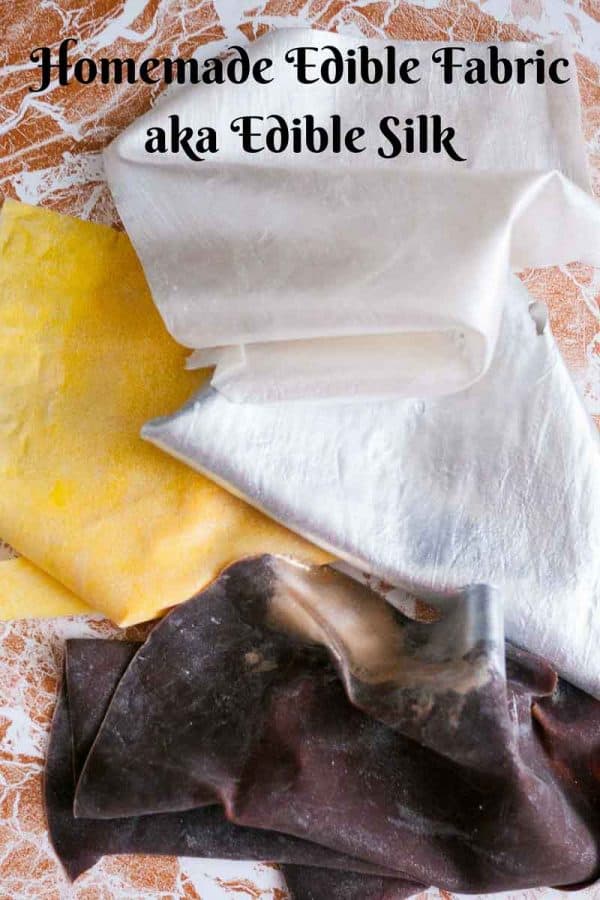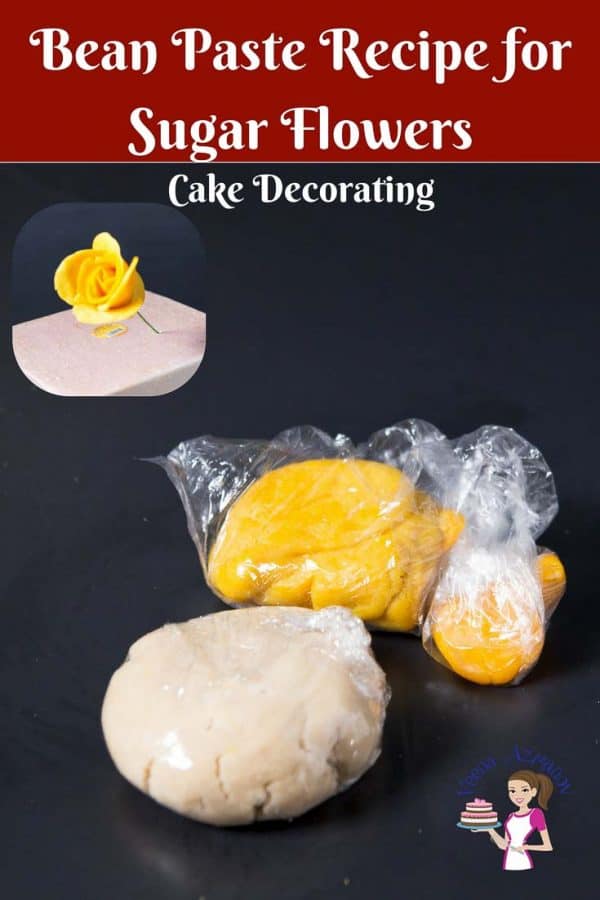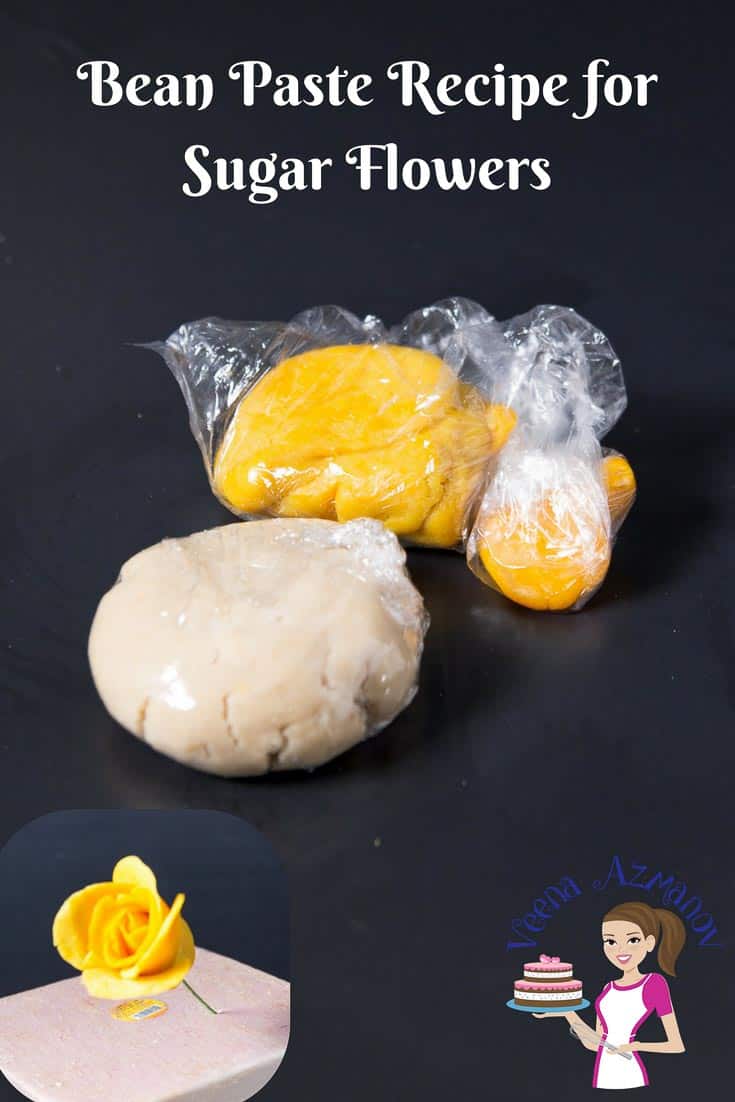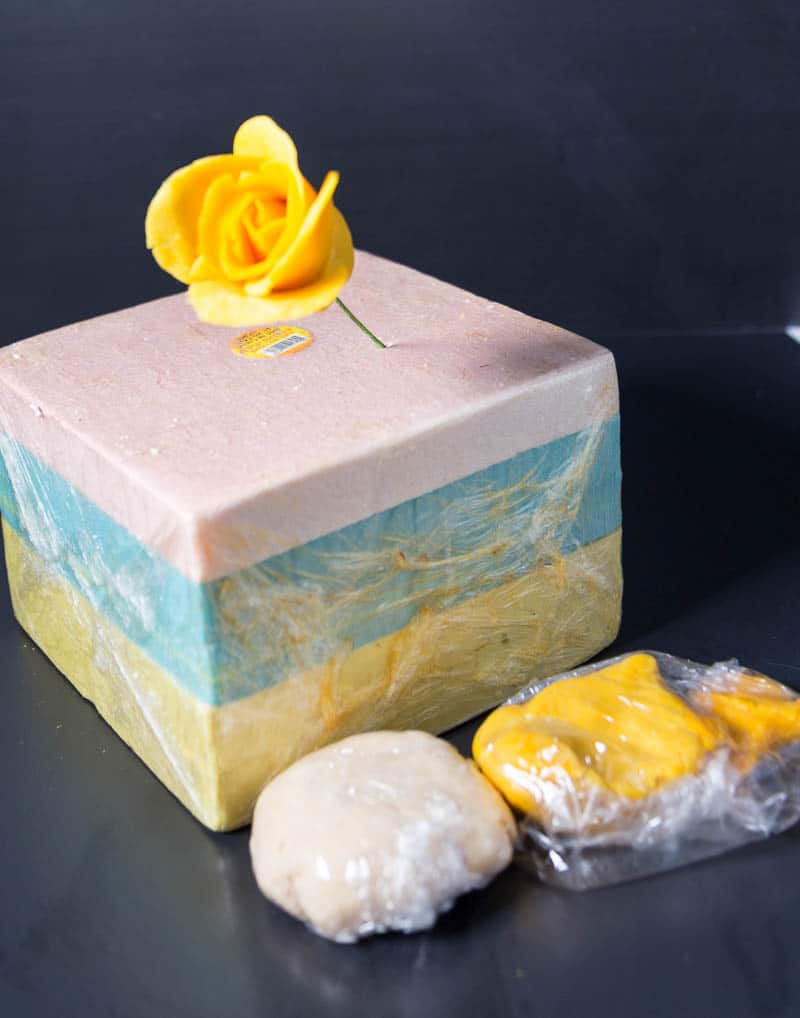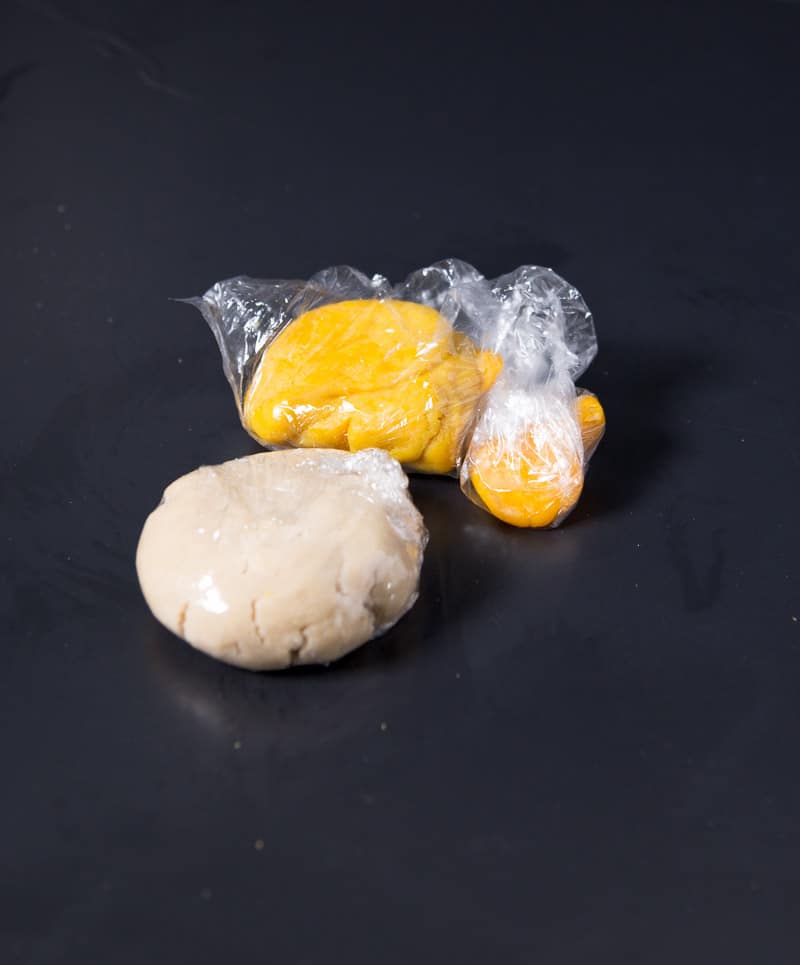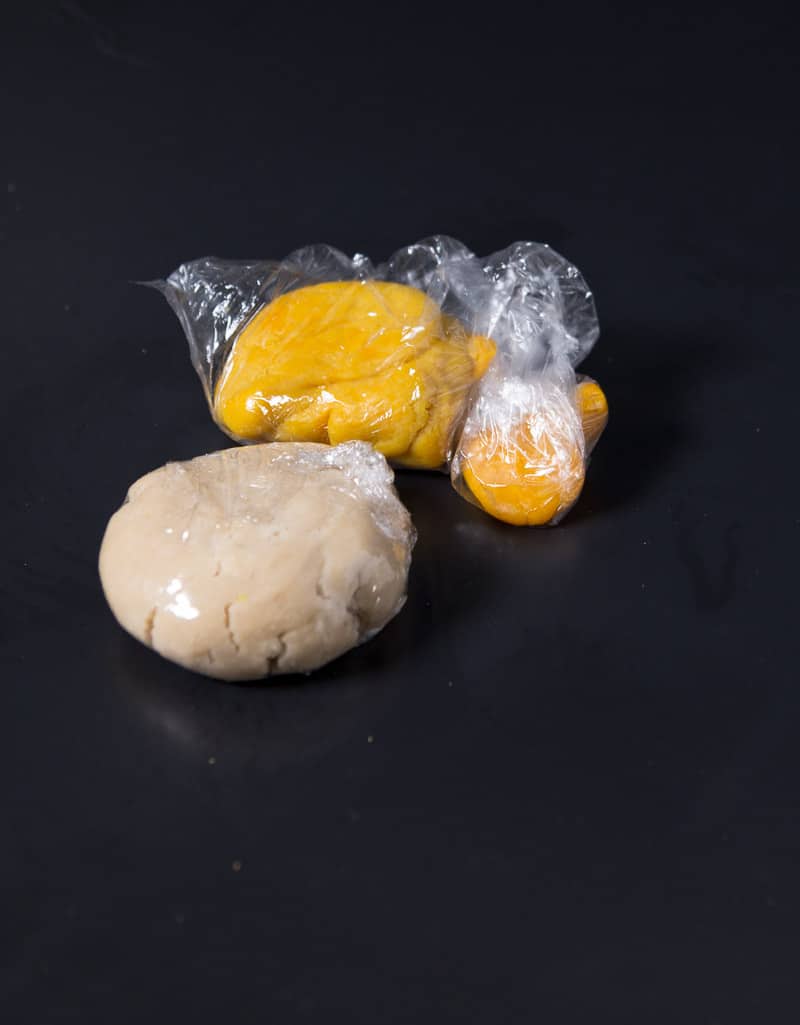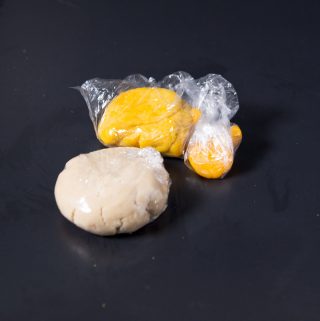Have you been going crazy over all these recent bean-paste sugar flowers? I have for a long time! And it was such a big secret that no one would tell you what’s in it other than beans!! I tell you, I went crazy over this and searched the internet for the bean paste recipe for sugar flowers. I looked at the far end of the World Wide Web and translated languages I didn’t even know. Finally, I found one or maybe two websites. I think it was in Vietnam or Korea—she didn’t give an exact recipe, just that she used these ingredients. Then, I found another website in Spain that had some quantities. But that recipe was way off and didn’t work for me. However, I, at least, had a place to start. I won’t tell you the website because I don’t want to badmouth someone. I’m sure the recipe works for her. Now, this was my fourth attempt at making bean paste, and every time I made it, I said, “Maybe make it once more before I share it with you so that I can be sure.” But the truth is, now that I have made it a few times, the excitement is over. And this time, it was an effort, so I created the video.
My opinion
Now, you know I usually share recipes that I’m passionate about. But this one does not yet fall into that category. I decided to share it today because so many of you have been requesting it recently. I believe that if you have nothing beautiful to say, say nothing at all. But since this is my blog, I think it’s essential that I tell you exactly what I think.
Having another medium to make sugar flowers is nice, but this is not sugar flowers. Oh, it does not even have sugar in the recipe. It’s just a different medium. The bean paste does not smell good unless you use extract or flavoring. It smells like a steamed dumpling that you buy from an Asian food stall. Cooking the beans is a pain—it takes 6 to 8 hours to soak the beans and about an hour plus to cook them. Then, you have to liquefy them and again remove all the liquid—not an easy process. Not to mention, you use a significant quantity of beans but get only a third of them for the paste.I instead make gumpaste for my sugar flowers, which takes a maximum of 15 minutes to make. The petals can be rolled thin and stay soft for a long time, which gives you more working time, but they do not stay soft forever!!The drier the climate, the faster they dry, and when they dry, they break because it’s brittle. It crumbles into small pieces.For me, gumpaste is sugar and hard, but once it’s dry, it can stay forever. The bean paste molds easily. However, it does not like the rainy season or humidity. I had a rose on the corner table, and it had been rainy for two days. My kids told me, “Mama, something stinks.” After searching the whole house, we realized the weird smell came from my bean paste rose. The rain had caused it to mold.
My conclusion
So, I realize I am not a bean-paste kind of person. I think I’m going to keep making my gumpaste sugar flowers. The hot and humid weather here is not very kind to bean paste. I love that you can keep gumpaste flowers for a long, long time!! As for this bean paste, this is all I know, and I’m sharing it with you here. I may not be able to answer all your questions. But I will try to do my best.
Can you pipe with this paste?
No! This is not the bean paste that can be piped for sugar flowers. You can roll this with a rolling pin similar to gumpaste. Then, make flowers by cutting the paste using your flower cutters. If you want the Korean Buttercream Recipe for piping sugar flowers. The original recipe using the Italian meringue method needs a candy thermometer, and I shared the recipe here on the Cake Decorating Tutorials website. However, I have also simplified that buttercream using the Swiss meringue method, which does not need a candy thermometer. Of course, I still continue to use my popular stiff buttercream recipe for piping buttercream flowers.
Ingredients and substitutes
Beans—Ideally, you need white beans so you can get a white base for your paste. Yet, if you need to make black bean paste, I think you can probably use black beans. Now, I have not tried it, so I can’t say for sure. All-purpose flour – I think this is what makes it pliable. It gives it that body. Cornstarch and rice flour—I know that the lady in Vietnam uses tapioca flour, but the lady in Spain uses rice flour. I don’t get tapioca easily, but I do get regular rice flour, which is what I used. I’m not sure if using Asian glutinous rice flour will make it better in any way. Perhaps a finer texture. I don’t know!! Oil – I think this gives it that non-sticky kind of feel. Again, I am just speculating! Light corn syrup – You can also use glucose syrup, and yes, I have tried both. They work the same way.
The Beans – Process and texture
Preparing the beans is a process, I know! But even worse is skinning the beans. If you do not skin the beans well, you won’t get a smooth paste. The skin gives the beans that rough texture, and eventually, the paste won’t roll as well. As you can see in my video recipe, I used canned beans. I still had some skins left behind because the beans were so soft that the skin was almost disintegrated. I thought it would be okay, but I was wrong! The first two times, I painstakingly removed the skins, and I can tell you that it was much easier to roll. I could roll it thinner, and the paste had a much better consistency. So, the moral of the story is to skin those beans.
Step-by-step instructions
Prepare beans
Soak bean in water overnight – 6 to 8 hours. Boil with four times the amount of water until tender – about an hour. Drain liquid from beans. Remove the skin from each bean as much as possible. Place in a blender with a few tablespoons of the liquid from the boiling water. Pour into a mesh lined with cheesecloth. Firmly squeeze out all the liquid until you have a thick, dry, crumbly bean mass.
Prepare bean paste mixture
In a bowl, combine all ingredients. Starting from the bean mass, add the flour, cornstarch, rice flour, light corn syrup, and oil. Combine well, then add flavoring or extract.
Steam the bean paste mixture
Wrap the bean paste in foil to prevent moisture from getting in. Place the foil in a steamer (see video). Cover and let steam for 10 minutes. Let cool in the foil for 10 minutes more. Then, open the foil and break it into small pieces to cool completely.
Store
Knead the cooled bean paste into a ball again. Place in a cling wrap to prevent drying out. Bean paste will stay in the fridge for up to a week. It can be frozen for a month.
Did you LIKE this recipe? Save it for later. You can find my recipes on Pinterest. Follow me on Facebook, Twitter, and Instagram.Subscribe, and I’ll send you new recipes right to your inbox. Thank you for sharing - Save for later
